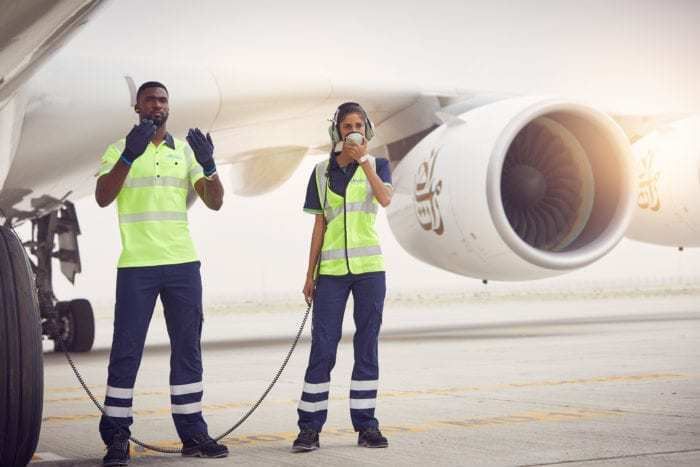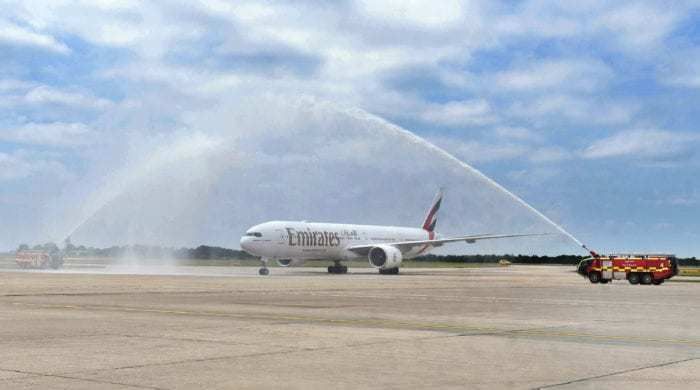The Emirates Group today announced its yearly financial results for the 2018-2019 financial year. While the Dubai based airline group experienced it’s 31st year of profitability, passenger demand has failed to keep up with capacity growth.
In the past financial year, Emirates’ fleet grew by 13, meaning many more seats available for the airline. The fleet had a net growth of two aircraft, however, capacity grew by a total of 4% for the group. All in all, the Emirates Group posted a total revenue of $29.8 billion, up 7% from last years' results.
Weaker travel demand
The Emirates group reported that there had been a weaker overall demand for travel over the 2018-2019 financial year. Despite this, passenger traffic did increase, although only just at +0.2%. This helped the total passenger traffic reach 58.6 million passengers for the year.
Additionally, with the new fleet joining Emirates, the airlines total capacity increased by 3%. When tied in with the marginal increase in traffic, we see that the passenger seat factor, i.e. how many seats are flown vs how many seats are occupied, actually decreased from 77.5% to 76.8%. The airline states that with its increased passenger and cargo capacity, it is now the largest international carrier.
Increased operating costs
It comes as no surprise that the airline’s total operating costs increased over the past 12 months. In fact, in November, Simple Flying reported that the Emirates Groups profits were down 53%. This was due to the rising costs of fuel.
For the whole year, the airline's fuel bill increased by a staggering 25%. This means that over the 2018-2019 financial year, Emirates airline spent a total of $8.4bn on aviation fuel. The fuel accounted for 32% of the overall operating costs. Despite this, the airline still posted a profit. However, this was down a huge 69% from last years figures.
What’s next for Emirates?
Emirates is set to continue its expansion. Given the end of the A380 project now has a date, the airline is set to diversify its fleet away from the current two aircraft strategy.
The airline has brought more custom to Airbus, signing two new orders. The first sees 40 Airbus A330-900 aircraft set to join the fleet from 2021. Next, the airline is set to receive 30 Airbus A350-900 aircraft from 2024. The total cost for both orders is $21.4 billion at list prices.
It is likely that Emirates will continue to diversify its route network. Additionally, with a number of Airbus A380s still to be delivered to Emirates, it is likely the airline will continue to further add to its capacity.
What do you think of the Emirates financial year? What do you think the future holds for the airline? Let us know in the comments!



